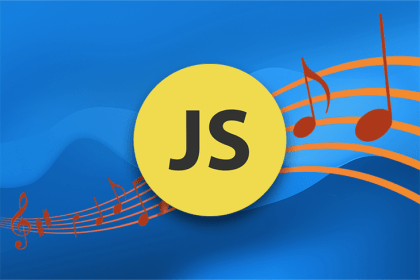
You can use the Web MIDI API with the Web Audio API to add a new level of interactivity for users. Let’s explore how using virtual pianos.
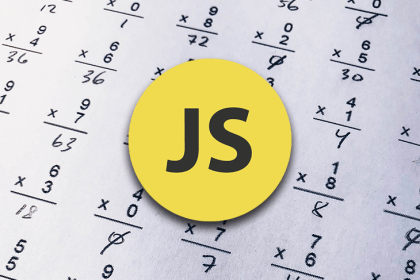
BigIntIn this article, we’ll learn about BigInts, their available methods, use cases, and the challenges that may arise when working with them.

In this post, we will look at how lazy loading works in JavaScript and explore the importance and advantages of lazy loading.
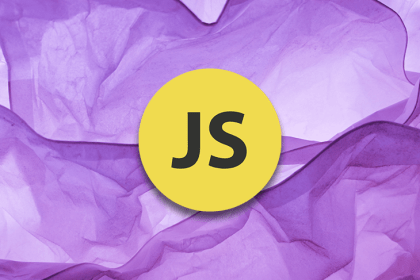
This tutorial explores the concepts of events, event listeners, and dynamically creating new JavaScript elements by using document.createElement and template literals.

In this article, learn about the various JavaScript bitwise operators, including NOT, AND, and OR, and their use cases.
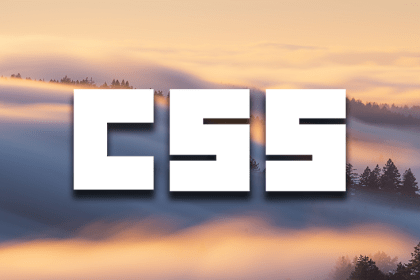
The View Transitions API opens up a new frontier of possibilities regarding the unique and pleasing experiences we can bring to the web.
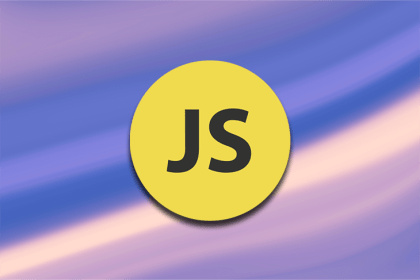
Array.Group and Array.GroupToMapLearn how to use the JavaScript data-grouping additions, group and groupToMap, and explore its alternatives.
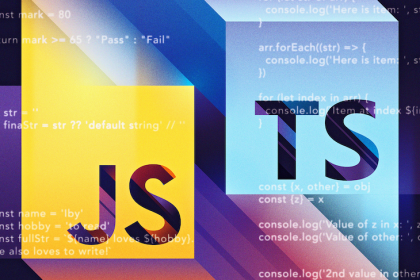
JavaScript and TypeScript share many shorthands for common code concepts. Learn how to use 18 helpful JavaScript and TypeScript shorthands.
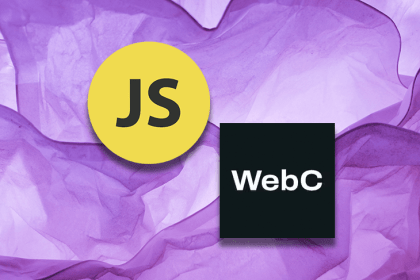
Web components can do a lot, but in this post, learn about how the WebC framework helps you build them better with vanilla JavaScript.

Learn about five web performance APIs, which have full browser support and offer many ways for you to measure your apps’ performance.
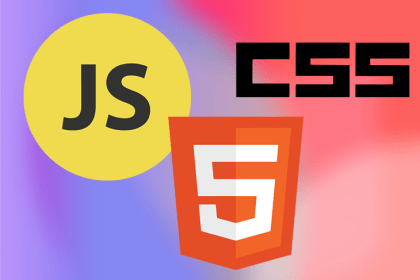
Use HTML, CSS, JavaScript, and Firebase to create a basic text editor that allows you to create, edit, download, share, and access documents.

Learn how to use the Web Monetization API, a JavaScript browser API that allows the creation of a payment stream from the user agent to a website.